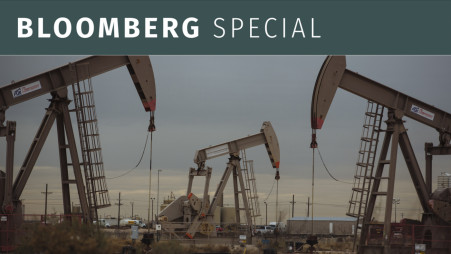
By K Raveendran
A Saudi decision to extend its voluntary oil production cut to the end of the year has passed off as a non-event, with the oil markets shrugging off the decision as of little consequence to the current demand-supply situation in the global market. The kingdom said on Sunday it will continue its additional voluntary output cuts to the end of the year as part of an Opec+ policy of acting to stabilise and balance the markets.
Oil was trading at around $85 a barrel last week, despite weeks of conflict in Gaza that have raised fears of a regional war. The prices had hit a high of $98 in September, raising the scare of another crisis for the oil importing countries. But the delicate demand situation in the wake of the prospects of sluggish growth in the global economy, prices began to cool off and the cuts by major producers, including Russia, have failed to hold prices at the desired level. A most important aspect is that the Palestinian conflict has also failed to add to any oil froth.
The cartel has reasons to feel worried as the market rally that pushed benchmark prices towards triple digits in September reversed sharply in October, despite continued tight crude supplies and an intensifying conflict in the Middle East. In early November, ICE Brent futures plunged to a four-month low around $80 per barrel.
The abrupt sell-off came as market concerns shifted from supply risks to the global economy and oil demand. In addition, front month paper market trade has moved to the first quarter of next year when markets appear more or less in surplus, adding to the downward pressure on prices.
Fears that the war between Israel and Hamas would escalate into a wider regional conflict, disrupting oil supply flows, have yet to materialise. Barring large unforeseen outages, world oil supply is firmly on an upward trajectory.
Saudi Arabia, which has taken upon itself the burden of balancing the market by assuming the role of swing producer so as not to allow prices to sag, is facing a dilemma as the voluntary cuts have started affecting the kingdom’s finances. Lower supply at lower prices is highly problematic for its economy, leading to fears of a massive drop in GDP estimates compared to the previous year.
Saudi Arabia and Russia have indicated the possibility of cuts extending to the next year. The cuts look set to keep the oil market in a significant deficit through year-end, with the OPEC+ alliance pumping below the demand. According to International Energy Agency (IEA), global observed crude oil inventories fell by a massive 140 million barrels over the third quarter to a fresh low, as refineries boosted activity ahead of seasonal maintenance. With demand growth set to slow, the market could shift into surplus at the start of 2024, IEA said. For now, with demand still exceeding available supplies heading into the Northern Hemisphere winter, market balances will remain vulnerable to heightened economic and geopolitical risks – and further volatility ahead, it added.
Russian oil exports eased by 70,000 barrels per day in October, to 7.5 million barrels as higher crude oil shipments failed to offset a decline in product flows. Estimated export revenues fell by $25 million to $18.34 billion as lower international oil prices more than offset a narrowing discount for Russian grades. Russian crude and product prices were above the G7 price cap.
IEA has slightly revised up its 2023 growth forecast to 2.4 million barrels per day, as US deliveries proved more resilient than indicated by preliminary data and Chinese oil demand in September set another all-time high above 17 million barrels per day, fuelled by a booming petrochemical sector. Those gains have come to the detriment of petrochemical producers elsewhere, most notably in Europe and advanced economies in Asia and Oceania.
Indeed, the two regions saw third quarter oil demand slump. This year’s surge will take the world oil demand to 102 million barrels per day before growth eases as the last phase of the pandemic economic rebound dissipates and as advancing energy efficiency gains, expanding electric vehicle fleets and structural factors reassert themselves. Despite growth that is almost two-thirds lower than this year’s increase, global oil demand is set to rise to a record annual high of 102.9 million barrels per day in 2024.
Refinery margins collapsed in October from the near-record levels achieved during the third quarter of this year. Weaker gasoline cracks drove much of the decline, but still-elevated middle distillate cracks ensured margins remain above the five-year average. Global crude runs are expected to rise by 1.9 million barrels per day this year and 1 million barrels in 2024, to average 82.6 million barrels and 83.6 million barrels respectively. (IPA Service)
The post Saudi Oil Cut Extension Fails To Boost Prices Despite Continuing Gaza Conflict first appeared on Latest India news, analysis and reports on IPA Newspack.


